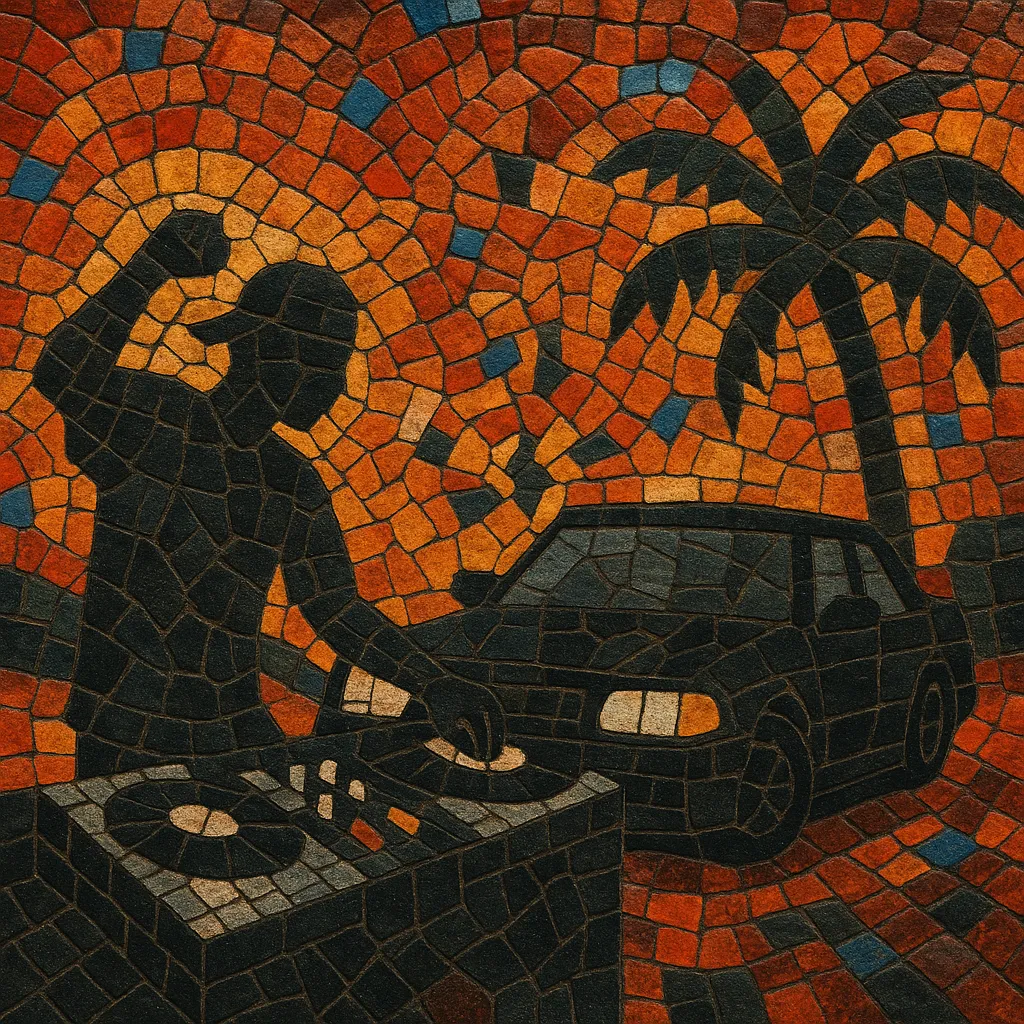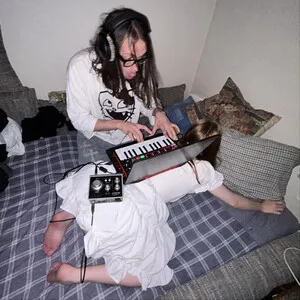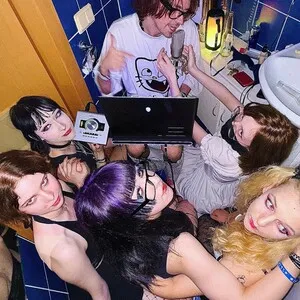Brazilian phonk is a contemporary offshoot of phonk that fuses 1990s Memphis-rap aesthetics with the percussion, swing, and party energy of Brazilian baile funk. Producers keep the gritty, overdriven 808s, cowbells, and chopped vocal-manipulation that define phonk, then layer in tamborzão-leaning drum programming and Portuguese/Portuguese-slang vocal chops.
Typically faster and more dance-focused than classic or drift phonk, Brazilian phonk often runs between 140–170 BPM, features clipped/distorted low end, syncopated claps, and razor-sharp percussive fills borrowed from funk carioca/mandelão. It is heavily tied to online culture—thriving on TikTok/Instagram “edits,” motovlog/car videos, and YouTube channels—where its high-impact drops and punchy loop design translate into quick virality.
Brazilian phonk emerged when Brazilian bedroom producers and DJs began experimenting with phonk’s Memphis-rooted sound and the rhythmic DNA of baile funk. Early experiments took the distorted 808 bass, cowbells, and chopped sample culture of phonk, then grafted them onto tamborzão-style drum programming and faster, club-leaning tempos typical of Rio/São Paulo funk scenes.
The style quickly found a home on SoundCloud, YouTube, and TikTok, where punchy, loop-centric tracks were used in motovlog, car, and sport edits. The algorithmic feedback loop—short drops, impactful bass hits, and hooky vocal chops—helped Brazilian phonk spread globally in the early 2020s. Producers iterated rapidly, releasing frequent singles, remixes, and VIP cuts tailored for short-form video.
As more Brazilian producers adopted the template, the genre’s core features solidified: 140–170 BPM ranges, distorted/subby 808 slides, baile-funk-informed claps and fills, and Portuguese vocal ad-libs/tags. While related to drift phonk, Brazilian phonk leans less into long, smoky atmospheres and more into dancefloor momentum, concise hooks, and the rhythmic push-pull of funk carioca.
By mid-2020s, Brazilian phonk influenced producers outside Brazil and fed into hybrids like phonk house, while also cycling back into the broader funk scene through edits and club remixes. Its presence in playlists and creator communities positioned it as one of the most visible phonk offshoots of the decade.








